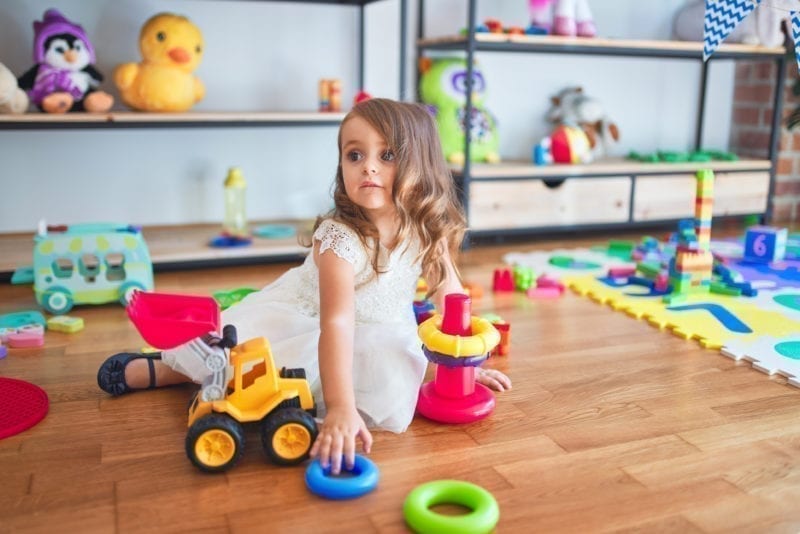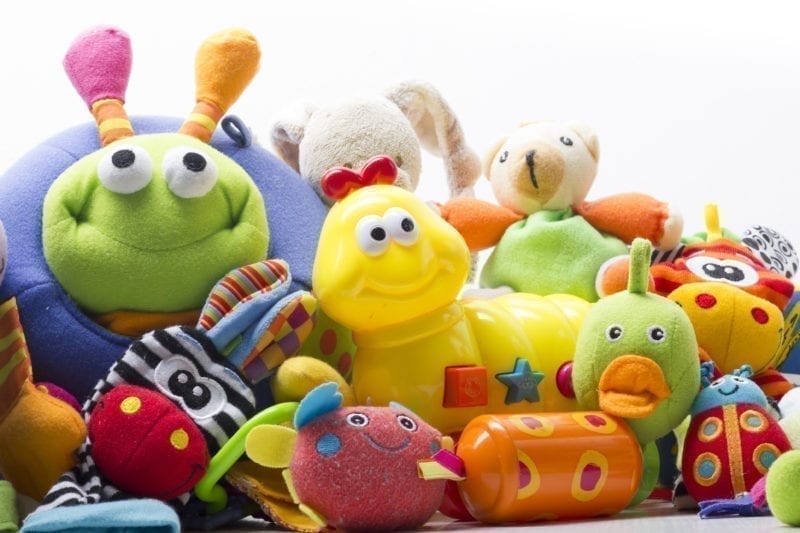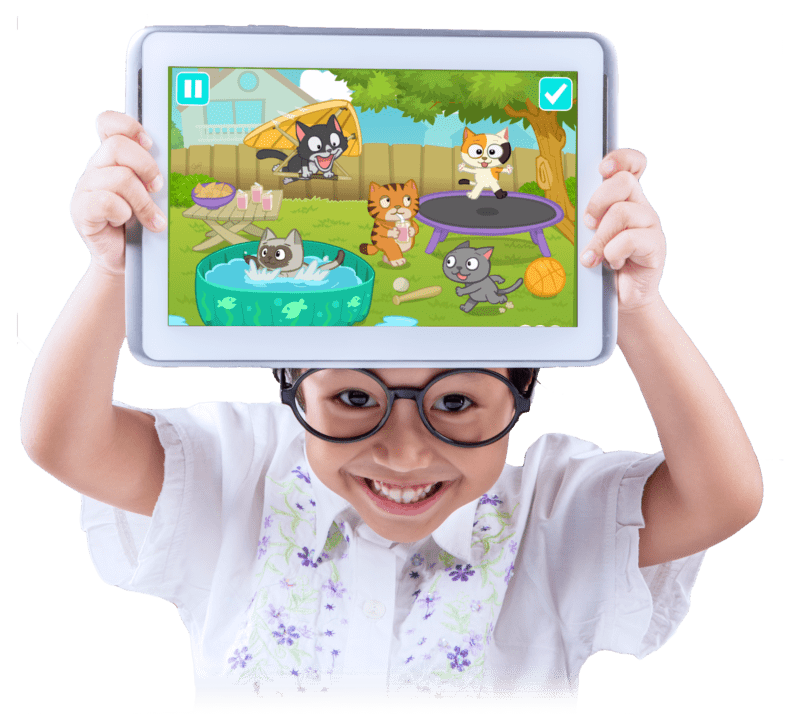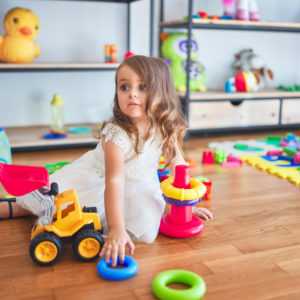
The playroom is full of colours and animals to learn.
Here we are at home, in the playroom.
The best coping mechanism I’ve got for being stuck at home with my kids is to learn things, like a new language – for my kids it’s Spanish. Learning new skills and being creative is the antidote to cabin fever and the blues.
As a language teacher, educational app designer, and father of two little kids (3 and 5), perhaps I can pass on some knowledge about learning a language for those with hungry minds to feed at home.
Home is the best place to practice a new language. The most important things we need to learn are all around us.
No matter what our own level is, we parents can still help our children learn. Here are some simple rules I follow when teaching language to children:
- Learning must always be fun.
- Practicing for a short time regularly is better than a long session periodically.
- Correcting small mistakes is a waste of time and energy.
- Everyone completing a challenge is more fun than having one winner.
Here are 5 games to help your child practice a new language in the playroom!
There are colours and animals everywhere in your playroom. Colours and animals are great to start with. They are naturally engaging.

1. Identify the Colours
Say the colours in the new language, one at a time: “Red! Find red!” or “Rojo!”
Have your children seek out each colour among their toys.
If they can repeat the colour out loud that’s great.
Once they know the game, let your children call out colours for you or their siblings to find.
2. Show the Colours you Know
Show your kids how to freely point out the colours they remember in their new language.
“Look, Mom, it’s green!” or “Look, Mom, verde!”
If your family can say more than ten different colours in the new language, you’re doing very well.
3. Colour Hunt
Take out a pack of crayons, markers or coloured pencils. Make the kids wait in another room. (No peeking!)
Hide the crayons, markers or coloured pencils all around the play area. For very little kids, you might not want to hide them too well!
Bring the kids back and let them start the search. When they find a coloured pencil, everyone should say the colour out loud in the new language.
You can also introduce the sentence pattern: “It is pink!” or “Es rosa.”
Now it’s their turn to hide the markers while you try not to peek. They could also try the game on their own.
4. Count the Animals
Say an animal out loud in the new language. Have your kids find examples of each animal among their toys.
Count as many versions of each animal you can find.
How many bears do you have?
How many different animals can your kids identify in the new language?
5. Grow your Animal Family
Take turns choosing animals from the toys and saying them out loud in the new language. Each person accumulates their own “family” of animals, one at a time, like picking a team.
Practice the sentences: “It is a cat.” and “They are bears.” (In Spanish: “Es un gato.” y “Son osos.”)
Add the colours into your animal sentences: “They are brown bears.” (“Son osos marrones.”)
 For the animals you don’t know, look them up on your phone.
For the animals you don’t know, look them up on your phone.
You can also learn lots of animals and colours for free in English, Spanish, Chinese, French and German.
Studycat has hundreds of games that teach languages to children.
If there’s a positive in all this disruption, it’s spending more time with our children.
We may not feel like it right now, but we parents really can be our children’s best teachers. We can be the kind of great teachers who always make learning fun.
One day at a time, my friends.
Stay tuned for Part Two – 5 Ways to Practice a New Language in the Kitchen!




